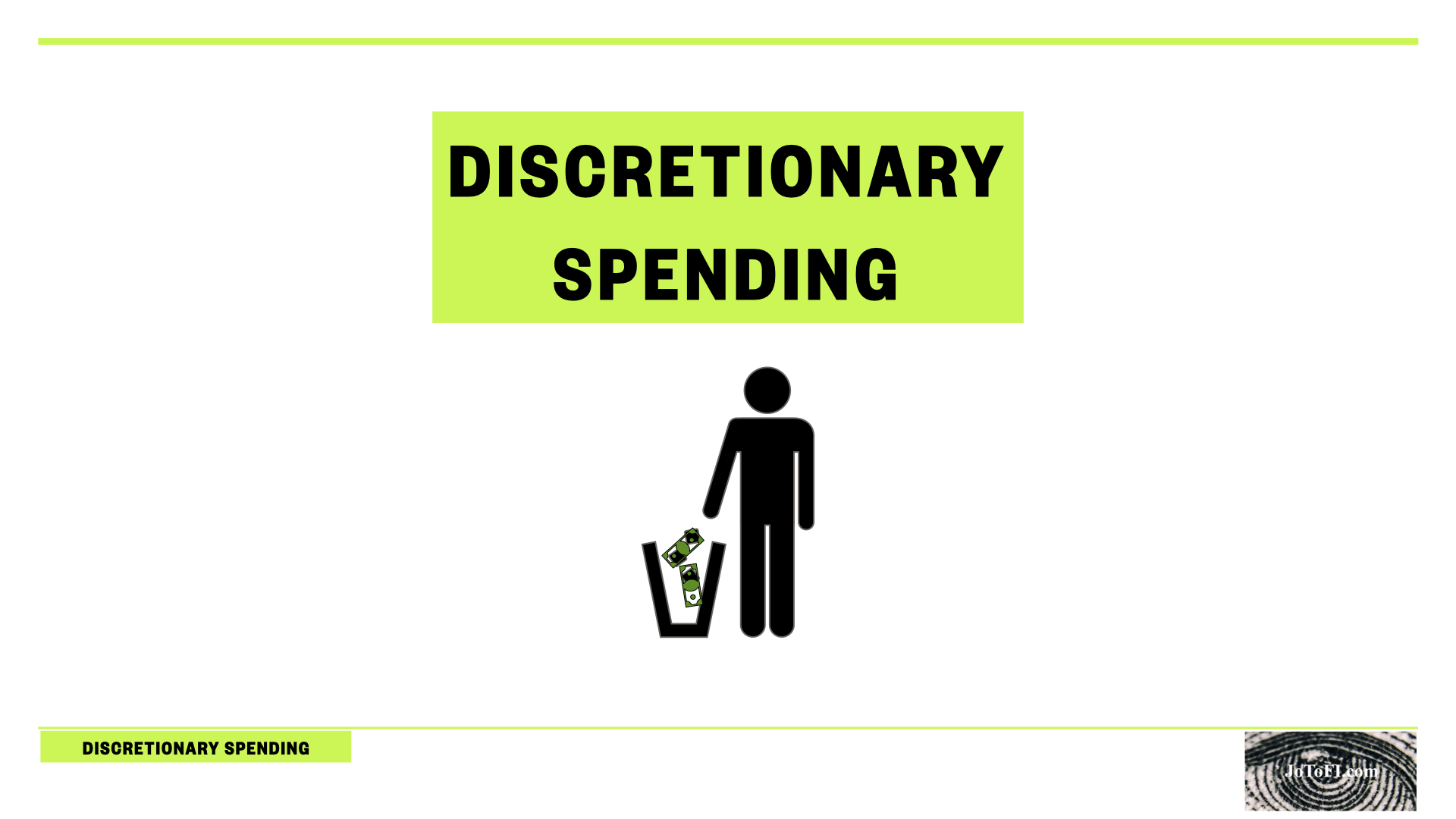Each year, many countries go through the process of setting clocks forward in the spring and falling back in the fall. This is the normal progression of observing daylight saving time. This time manipulation invention was put in place to save energy. By moving clocks forward, people could take advantage of the extra evening daylight rather than wasting energy on lighting. As we try to save energy with daylight saving time, use this yearly interruption to fine tune your financial strategy and retirement.
The Opportunity
Daylight saving time has a way of catching us off guard each year. When we spring forward, it usually greets us with one hour less sleep. Further, it typically takes weeks for your body to adjust to the new time. Springing forward also leads to longer days and in some parts of the country, the sun will set past 9pm at night in the middle of summer.
However, we are resilient. Overtime, this one hour shift becomes normalize and we continue on with our lives. But there is an opportunity here. The opportunity here is to use daylight saving time as a trigger. A trigger to assess your financial situation. As the time is moved forward in early spring, think financially. Think about getting your taxes completed and filed. Review your financial plan for the year. Look at what you are presently contributing to your 401k, monthly savings, IRA, and brokerage accounts. Adjust your contributions as necessary to put your financial plan in motion to reach your goals.

Daylight Saving Time Recalibration
As we approach the winter months and have to fall back one hour, this component of daylight saving time can be used as a recalibration point. Just as the springing forward can be used as an opportunity to set goals, the falling back period can be used as a trigger to recalibrate. Are you on schedule to achieve your goals? Can you recalibrate to achieve your goals before the year ends? As you fall back in the fall, it is a good time to make adjustments to your financial plan based on life events. The one constant in life is its unpredictability, use the falling back period of daylight saving time as a trigger for financial recalibration.
Fall also provides a time for you to begin to think about the begining of the next year. Get a financial jump start on the next year.
Adjust Your Routine
While daylight saving time has become a routine event, make your financial check ups routine as well. When you spring forward one hour, use this disruption to think about the financial year ahead. When you fall back one hour in fall, think about recalibration. Adjusting your financial plans such that you are able to achieve your goals by year end. If your plans change based on life events, adjust and refine accordingly. Further, a fall financial check up also allows you to plan for the coming year. The earlier you are able to take your financial situation in your own hands and plan ahead, the more rewarding the journey.
Use the disruptive nature of daylight saving time to your advantage. Use this disruption as a trigger to review your financial wellbeing.
Conclusion
Each year, many countries go through the process of setting clocks forward in the spring and falling back in the fall. This is the normal progression of observing daylight saving time. This time manipulation invention was put in place to save energy. By moving clocks forward, people could take advantage of the extra evening daylight rather than wasting energy on lighting. As we try to save energy with daylight saving, use this yearly interruption to fine tune your financial strategy and retirement. Journey to financial independence.
Follow me on Twitter @JoToFI_com
Follow me on Instagram @JoToFI_com


